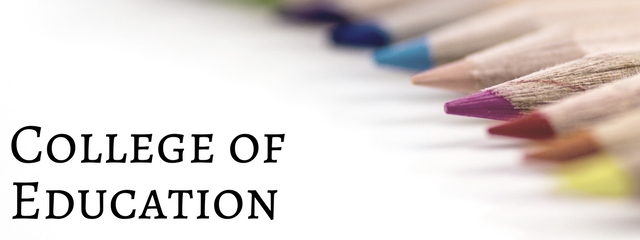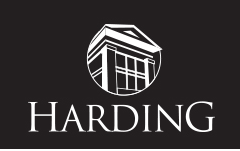
Dissertations
Date of Award
5-2016
Document Type
Dissertation
Degree Name
Doctor of Education (EdD)
Department
Educational Leadership
Advisor
Dr. Michael Brooks
Abstract
The purpose of this dissertation was to determine the effects by gender and by socioeconomic status between students in career academy high schools versus students in traditional high schools on literacy and mathematics achievement for 8th-11th grade students in 6A and 7A high schools in the state of Arkansas. In the context of this study, relevance has to do with the connection or link established between something learned and an opportunity to apply that learning. Critics of the traditional learning structure argue that because information is learned in isolation, a difficulty arises in how that learning is readily applicable to one’s life.
The review of research literature by Cheney et al. established that when implemented correctly, career academies connected students to real-world learning opportunities and assisted students in meeting high academic expectations. They contented, “[T]he Career Academy model is probably the best-established integration reform effort that deals with the academic and motivational issues confronted by at-risk students” (p. 37). Cheney et al. concluded that this integration is paramount in establishing the link between students’ academic needs and motivational aspirations to promote active engagement in the educational process at the highest level. Although the concept of relevance seems static, it provides many opportunities for activity and engagement.
Numerous reform movements exist that are available to school districts to implement. Achieving growth in the areas of student achievement, decreasing the dropout rate, and increasing graduation rates are goals any school district would strive to attain (Seltz, 2008). However, it is important to address the issue of change and how to maintain a reform once implemented. Although literature does exist on the subject, more research needs to be conducted to determine if the career academy approach is a viable option. Given literature that finds little or no positive impact on student achievement, there is cause for concern. Therefore, the purpose of this study was to determine the effects by socioeconomic status and gender of students in career academy high schools versus students in a traditional high school on literacy and mathematics achievement measured by Arkansas exams for 11th grade students in two 6A and two 7A high schools in the state of Arkansas. By reviewing the change literature and defining the critical attributes of career academy models, insight can be gained on how to sustain change. This study attempted to determine if the implementation of a career academy model contributed to literacy and mathematics achievement for high school students.
Creative Commons License
All Rights Reserved
Copyright held by
author
Recommended Citation
Brown, Dana, "Effects of Traditional High School Versus Career Academy High School on Literacy and Mathematics Achievement" (2016). Dissertations. 16.
https://scholarworks.harding.edu/hu-etd/16
Included in
Language and Literacy Education Commons, Science and Mathematics Education Commons, Secondary Education Commons

